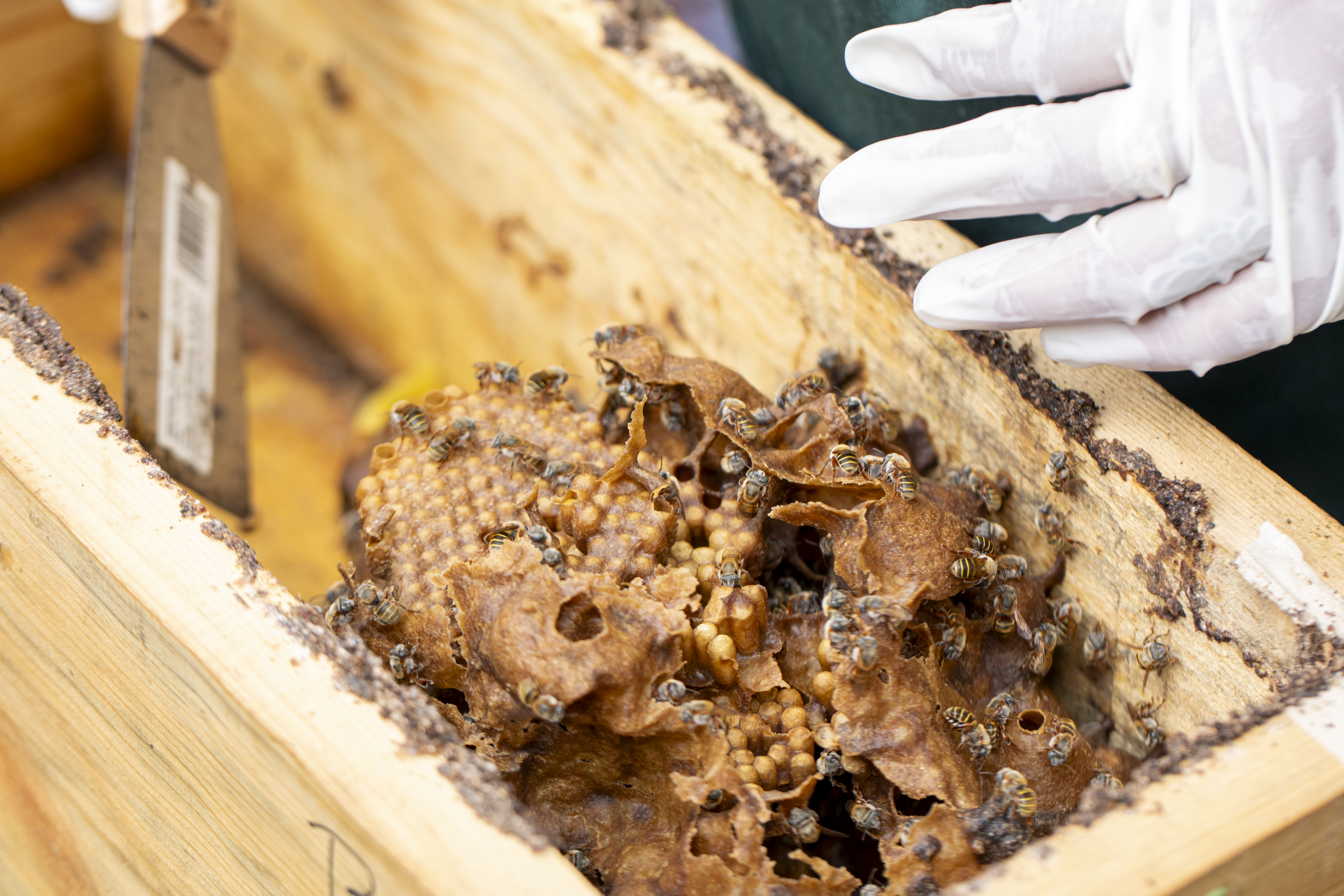
Melipona – Yucatan’s Native Bee
Yucatán, located in southeastern Mexico, is famous not only for its stunning landscapes and Mayan archaeological sites but also for the extraordinary honey produced by fascinating species of bees. Endemic Melipona bees play an important role in maintaining biodiversity as they pollinate 30 to 40% of the plant species in the ecosystems they inhabit. The unique flora and climatic conditions of the region provide an ideal habitat for a variety of bee colonies. It results in some of the most sought-after honeys in the world.
Approximately 400 different species of stingless bees are found in the Americas. 46 types live in Mexico, of which 30.4% are endemic. The diversity of bees in the Yucatecan jungle is so vast that some don’t even resemble typical bees. A few are as small as tiny house flies. One of the region’s most renowned bee species is Melipona beecheii, commonly known as “Melipona bee” and locally referred to as Xunáan Kab (“lady of honey” in the Mayan language). Unlike the European honey bee, which is widely used for commercial honey production, Melipona bees are stingless and have been a part of Mayan culture for centuries.

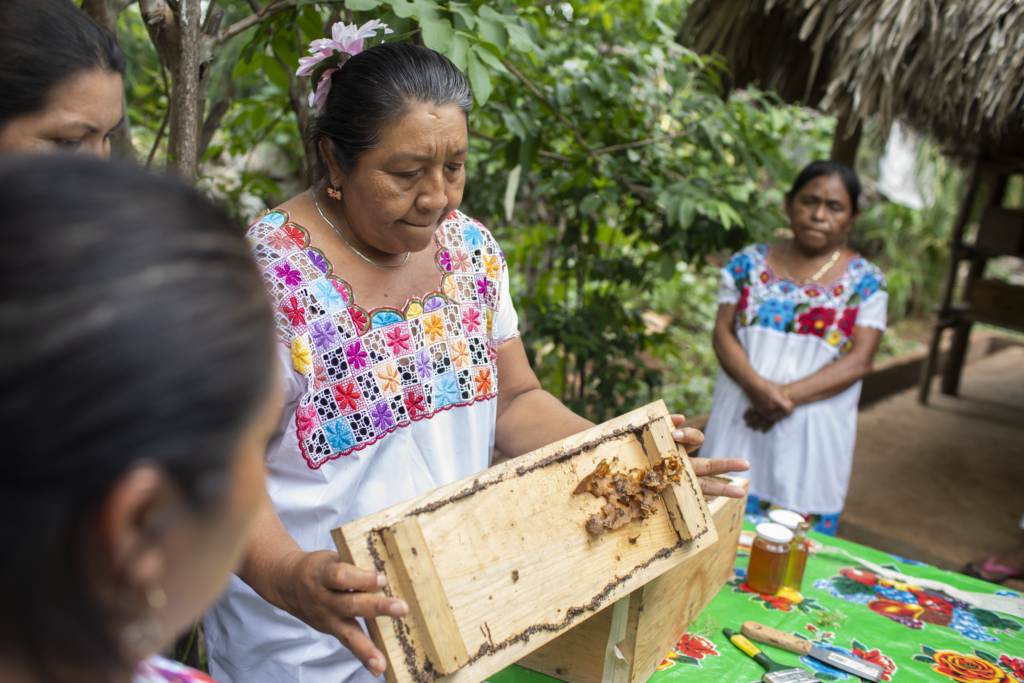

Mayan Beekeeping Traditions
Pre-Columbian Maya communities revered the Xunáan Kab bee for millennia. They incorporated these small insects into their mythology and understanding of cosmic order while relying on honey as a nutritious food. Melipona honey, often called “Mayan gold,” held sacred significance and was used in rituals and remedies. However, the arrival of colonizers brought the honey bee (Apis mellifera) to many regions, including the Yucatán, in the mid-20th century, long after its introduction by the Spaniards to other parts of Mexico.
Stingless bees are smaller and more vibrant than the Apis mellifera honey bee. Due to the absence of a stinger, they defend against intruders by biting. Colonies create nests in hollow tree trunks in the forest, known as jobones. The queen completes her mating flight and resides in a colony alongside thousands of workers. The Yucatán stingless bee shares a symbiotic relationship with the forest (selva). Many wild plant species rely on these bees for pollination, and similarly, the bee’s survival is intertwined with the selva. The collapse of this ecosystem and competition for resources and nesting sites with the more productive Apis mellifera threaten this native species.
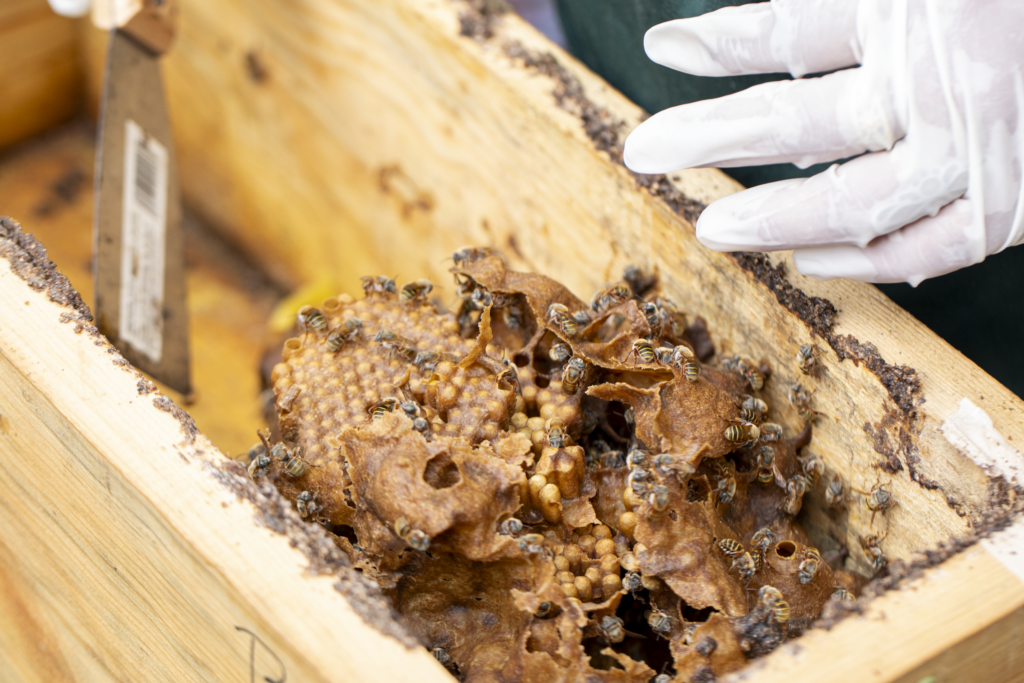
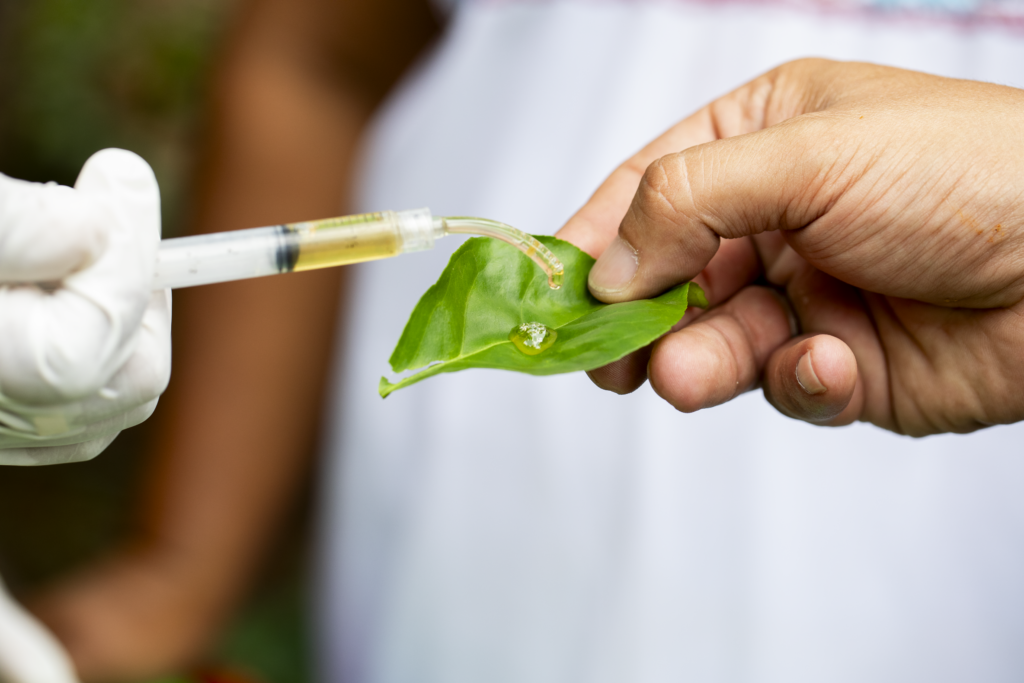

Melipona beecheii bees are docile, easy to manage, and form small colonies that do not create honeycombs. Instead, they store pollen and honey in small pots called jobones, both of which possess medicinal properties.
Distinctive Properties of Yucatan Honey
The honey produced by Yucatan bees boasts distinctive characteristics that set it apart from other varieties. It’s important to note that Melipona bees are significantly smaller and with the displacement caused by European bees, the former’s population has notably decreased. It makes their honey a valuable commodity. A Melipona colony produces much less per year than a European bee colony. It renders this product truly exceptional and globally unique.
Melipona bee colonies are much smaller, so while the productivity of an individual bee is similar to that of the European honey bee, a melipona beechi hive will only produce 2-3 liters of honey per year. Their prickly cousins produce up to 50 liters a year, which has contributed to their widespread cultivation.
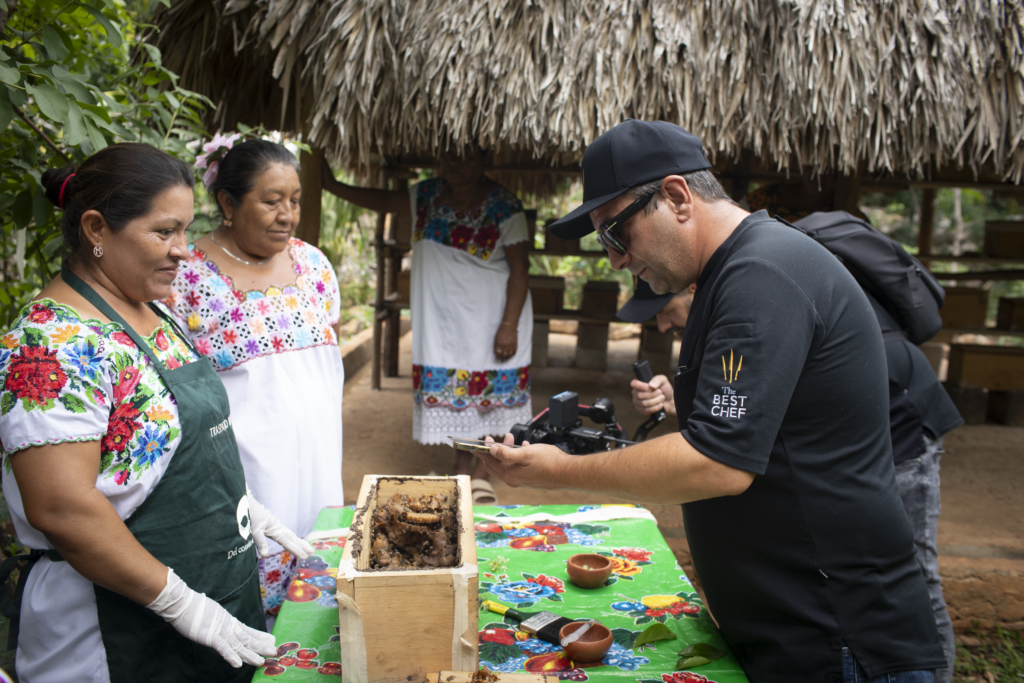
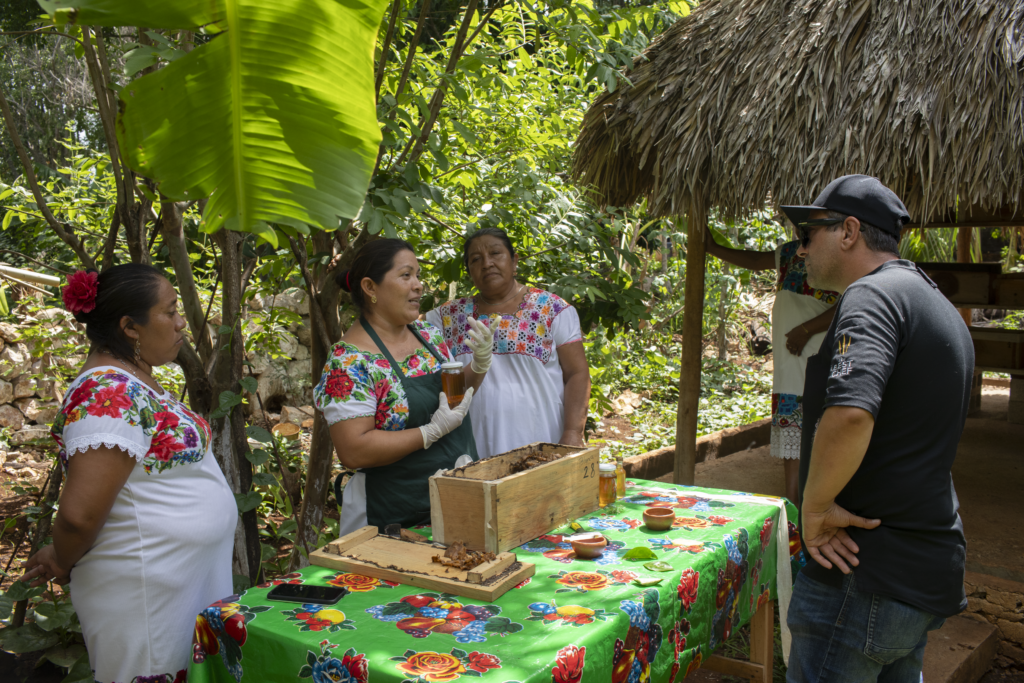
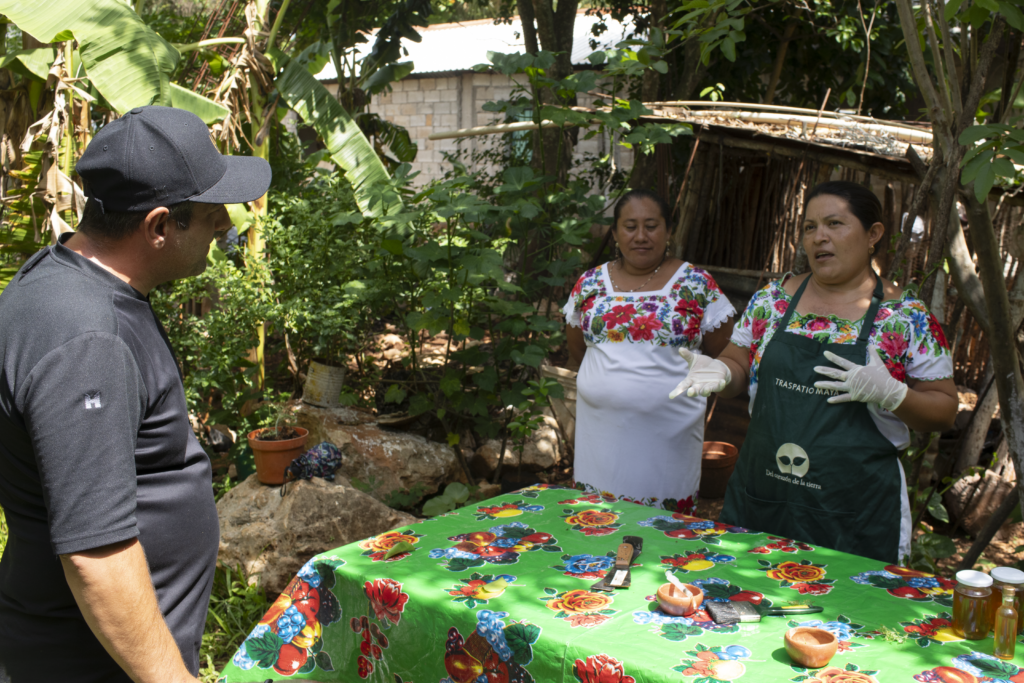
Melipona honey is renowned for its rich, earthy flavor with floral undertones, a result of the diverse range of flowering plants in the region. Honey viscosity varies based on the season and the types of flowers the bees feed on.
Thanks to the unique properties of jobones, a type of hive that maintains a relatively constant temperature and humidity, the composition of honey remains unchanged, preserving its natural and healing properties.
Yucatán Bees: Biodiversity and Cultural Heritage
Yucatán’s bees and their honey serve as a testament to the region’s biodiversity and cultural heritage. Local beekeepers have nurtured Xunáan Kab – Melipona domesticated colonies for at least 3,000 years, though the practice has waned in recent decades.
Today, however, traditional Melipona beecheii bees are experiencing a modest resurgence, instilling hope within Mayan communities and the Yucatán rainforest. Sustaining healthy ecosystems is paramount, as the loss of one species could trigger the collapse of the entire ecosystem. Honoring local traditions pays homage to our origins and safeguards the future of our cherished homelands.









Post a comment